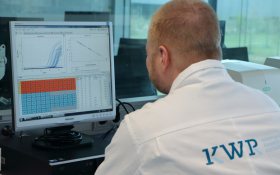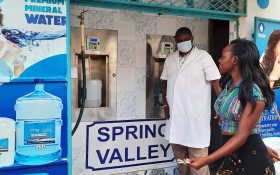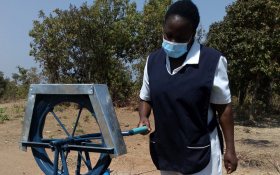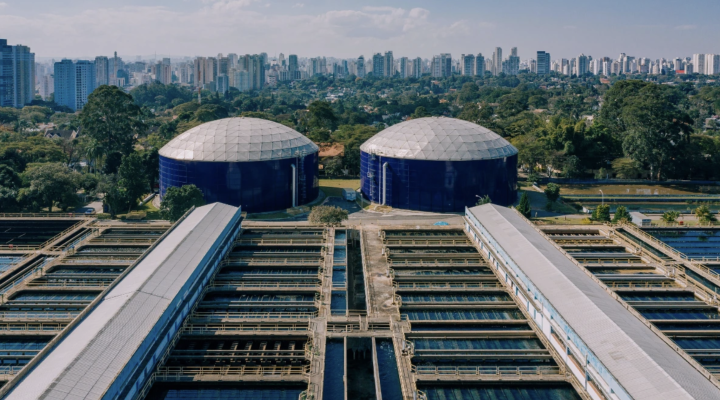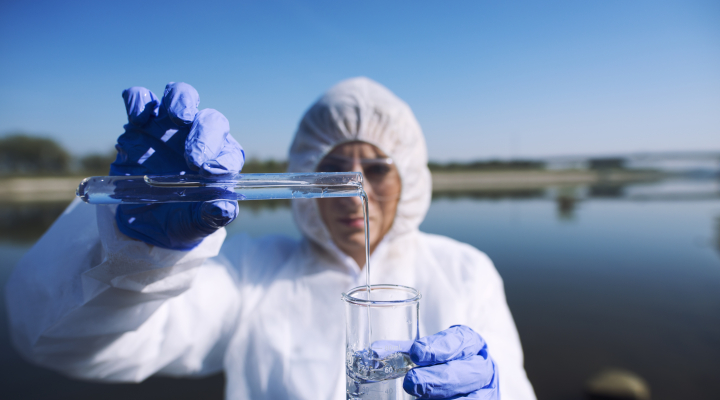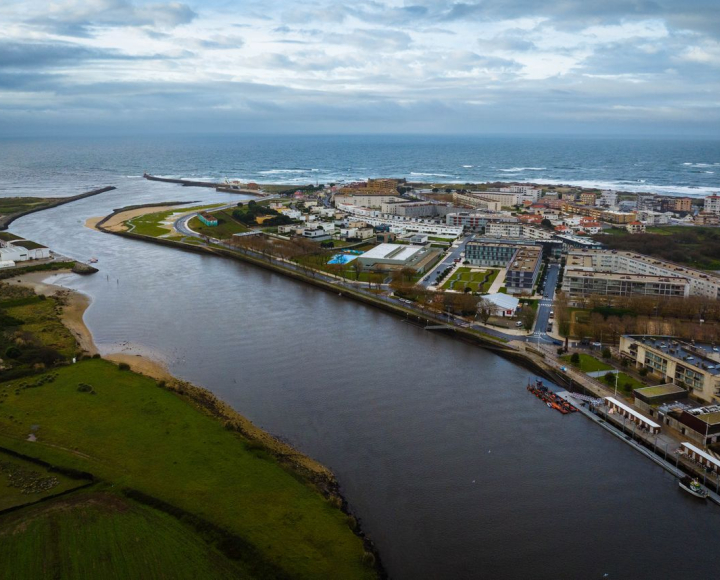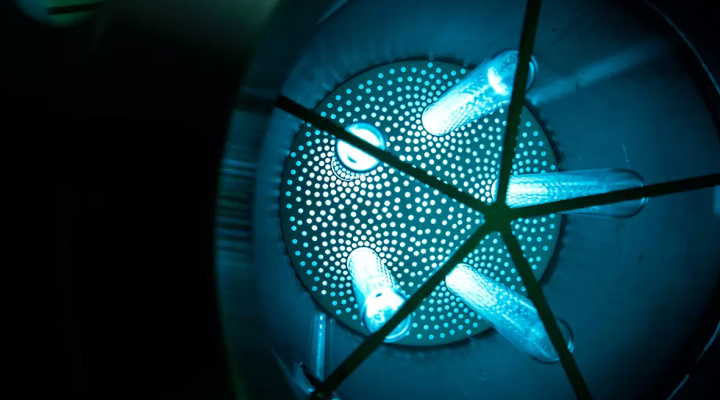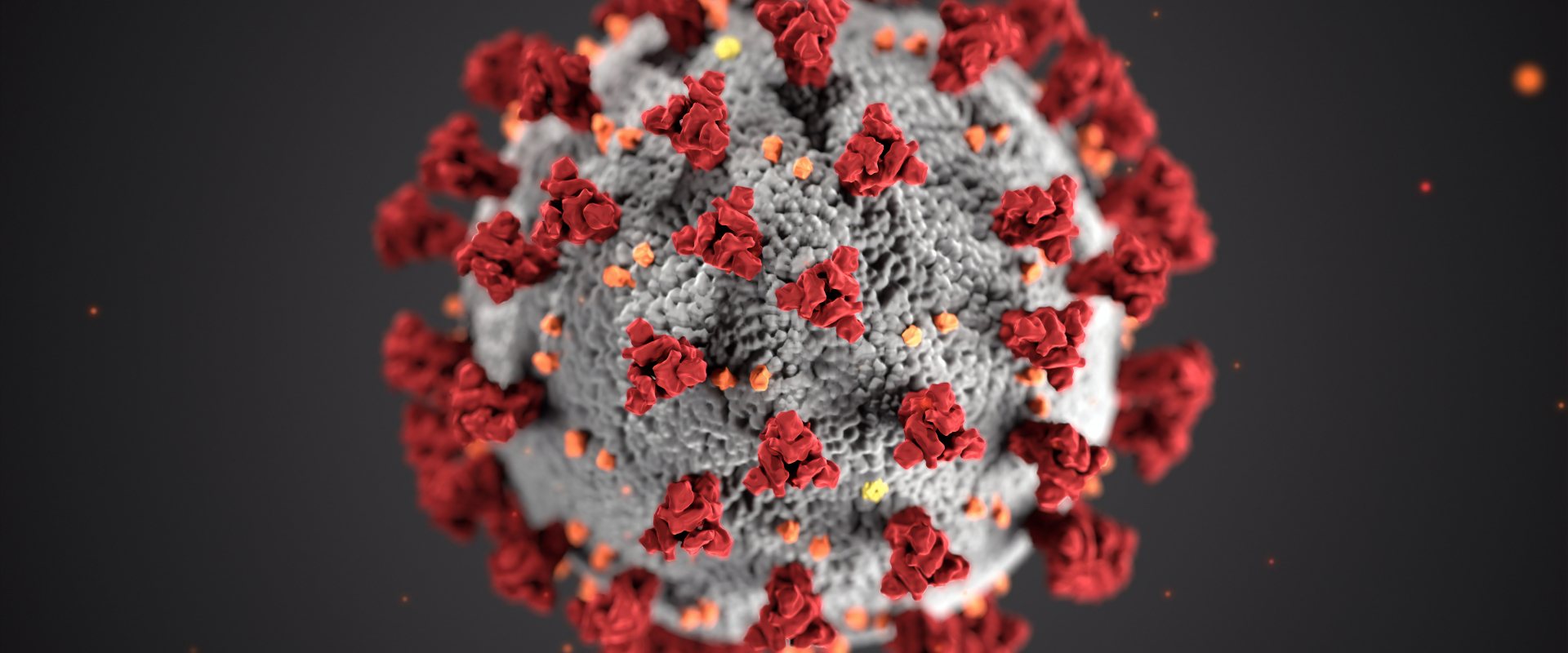
Sewage water as indicator for spreading of COVID-19
Microbiologists at research institute KWR conducted a series of RNA-analyses at municipal waste water treatment plants (WWTP) in the Netherlands. The analyses showed the presence of RNA gene fragments of the COVID-19 virus in incoming sewage water.
According to KWR the screening of the COVID-19 virus at municipal waste water plants can be used to signal new outbreaks in advance and play an important role to follow the evolution of the pandemic.
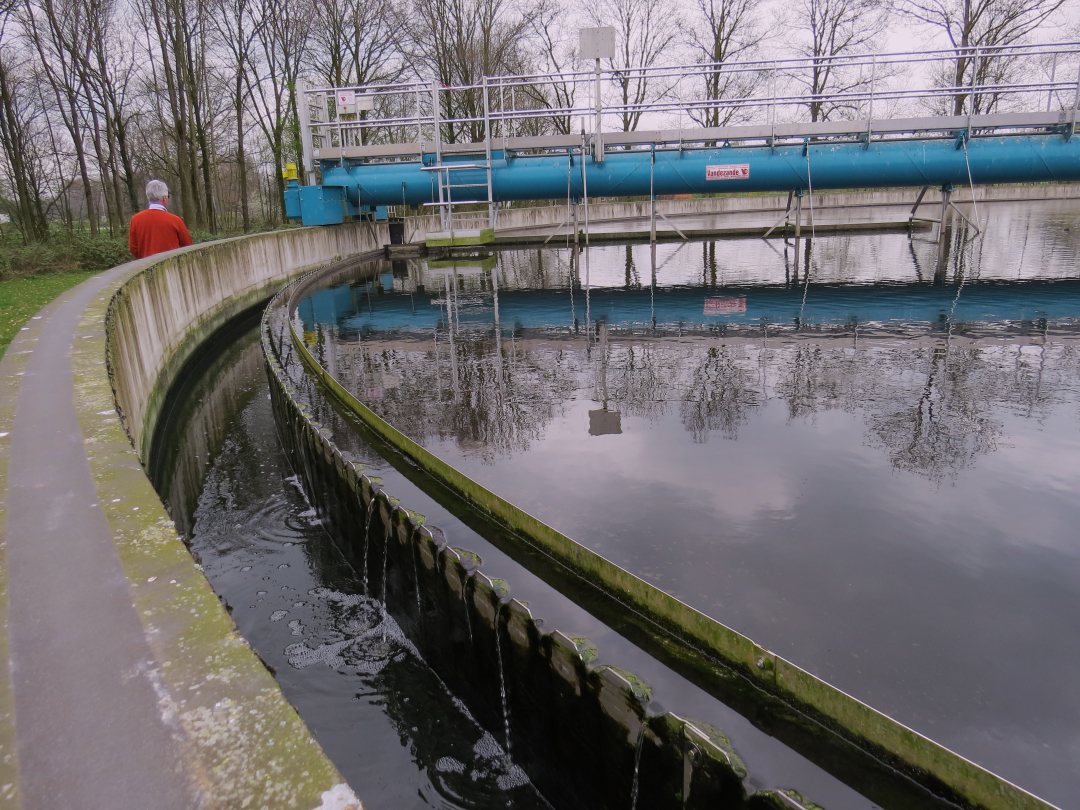

Additional research
RNA-analysis is a method to measure the presence of viruses through capturing virus particles and detect specific gene fragments. The method does not discriminate between inactive and infectious particles. The KWR microbiologists say they have not yet been able to quantify the presence of these fragments. Their first findings indicate that the concentration of the virus at the WWTP is low.
Currently researchers are examining all samples multiple times and are looking at the reproducibility of the results. Furthermore, they double check and focus on fragments of multiple genes, to strengthen their results about the presence of the virus.
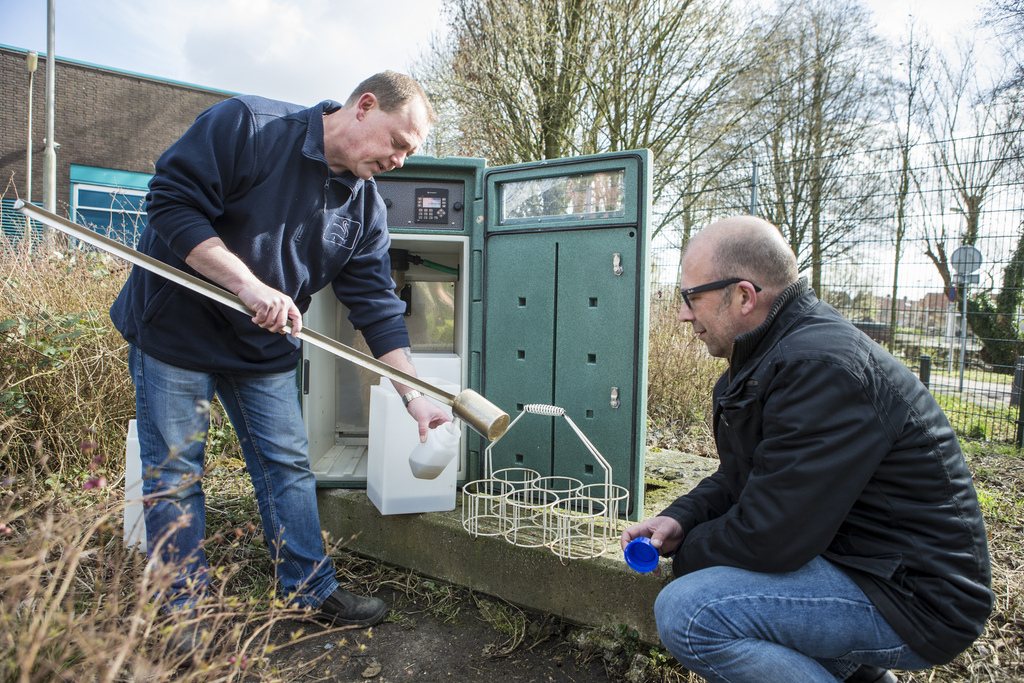

No real surprise
The detection of COVID-19 in the sewage water at the Dutch WWTP does not really come as a surprise. Sewage water contains many viruses and the detection of the new coronavirus from human faeces was to be expected.
Study results released by Chinese microbiologists in 2005 showed that SARS-CoV RNA had been detected in the sewage water of Chinese hospitals where SARS-patients were treated.
Early warning of new outbreaks
KWR suggests the use of the RNA-analyses of the SARS-CoV-2 in sewage water as a tool to measure the virus circulation in cities or smaller municipalities. The concentration level of the virus can be an indicator for the number of virus infections in the population and can signal in advance a new outbreak, for instance when a lock down is lifted.
Similarly, these analyses can help monitor the effect of measures put in place to mitigate the spreading of the pandemic, according to KWR.
Webinar on Monday
On Monday 30 March, KWR will broadcast a webinar titled: COVID-19: Significance and impact of the pandemic for the water sector. Two professors, Rosina Girones, Research Group Leader at the University of Barcelona, and Gertjan Medema, Principle Microbiologist at KWR, will discuss the new findings during this webinar.
Afterwards, a recorded version of the webinar will be published on the KWR-website and Watershare website.




